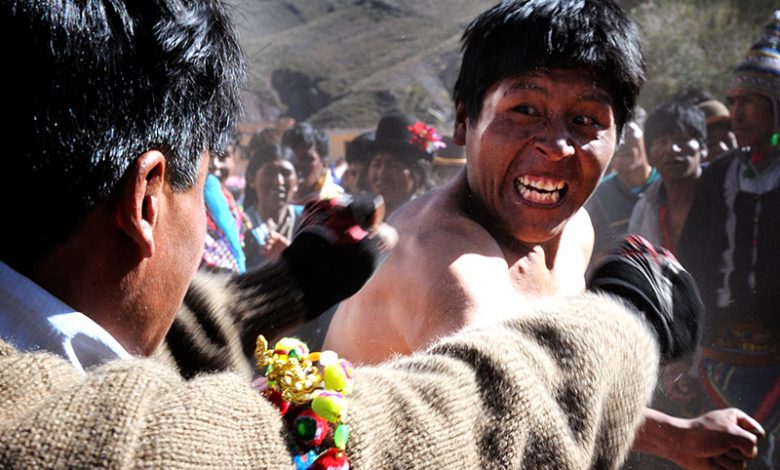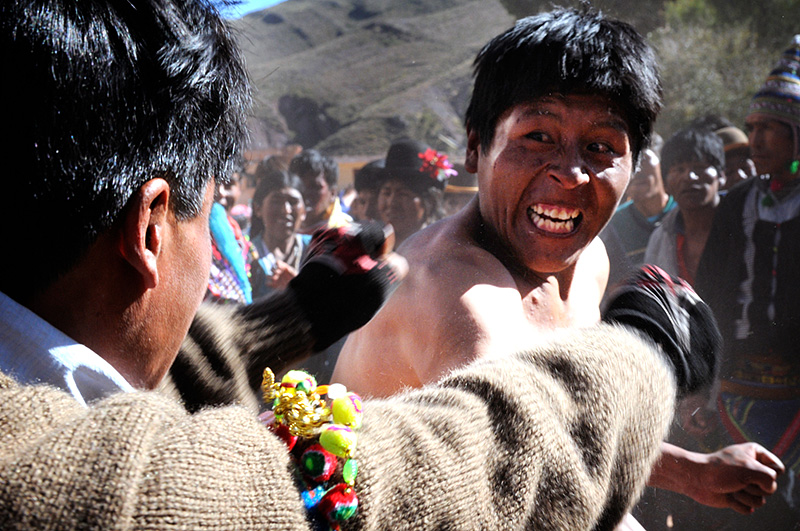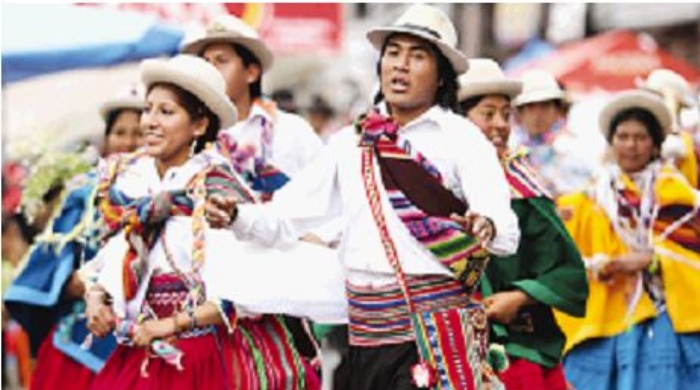Tinku, an Andean Ideology of Food


Food fills the plate and the stomach, but it is somehow more.
It is put together according to the ideals and values of the people who make it and eat it. Food is never exactly the same from one place to another, even with similar ingredients, because of the different aesthetics and norms that go into its preparation and presentation.
Ethnographer, Catherine Allen, whose book The Hold Life Has is widely cited in the study of the rural peoples, Quechua speakers, of Cusco, described an important one. She wrote that the word Tinkuy, a concept used in many parts of indigenous Andean society and culture, also describes food.
She writes: “The mixture of ingredients in cooking or the preparation of medicines is tinkuy.” And she sees this as a combination of different ingredients that brings about something new.


However, the combination does not require a fusion, a melding in which the particularities of the different ingredients are lost in the new dish. Instead, tinkuy expects them to retain their integrity and particularity.
It understands their difference as being made up of opposition. This can include tension and even struggle or hostility.
A tinku, the noun form, often means a ritual battle. I was told about one of these. During Carnival in the lead up to Lent and during the height of the rainy season local people gather on either side of the arch of Kasani which marks the border between Peru and Bolivia and fling oranges or even sony balls of cactus back and forth at each other using slings.
In the town of Copacabana a different ritual battle takes place when the two groups dancing phuna, a local dance brush up against one another. The drums and wind instruments pound louder and louder trying to throw each other off rhythm, and dancers look as if they are going to smash against each other as they break against the wall of each others performance.

This tension, that you hear commonly in Andean feasts, even in the cities, of multiple bands playing different music simultaneously while maintaining their own track, is what I take as basic to what Catherine Allen means when she describes tinkuy as “mixture of ingredients in cooking.”
As a result, one can argue Andean cooking values discreteness of ingredients over blending.
Of course, you do find blending, such as in the making of an aderezo (sofrito), or the grinding and pulsing that go into making an uchukuta, a hot sauce. However, the aderezo serves as a flavor base into which discrete elements go and the hot sauce, the uchukuta, goes on top, or on the side, to contrast with the other food while bringing flavor to it.

On the other hand, the idea of discreteness, of tinkuy, nicely describes the discrete ingredients that go into making a chiriuchu, Cusco’s cold plate par excellence. It is a mountain of discrete ingredients from different regions that one eats little by little, first a piece of this and then a piece of that.
While it seems to clearly exemplify tinkuy, the concept can be applied to understanding most dishes. Instead of blending and harmony, canons of the West, one would look for separateness and tension, such as the stems of the herb huacatay stuffed into the cavity of a guinea pig or a hen, as well as the potatoes floating along with a piece of meat in a soup, or the two kinds of carbohydrates (potatoes and race) that encounter a slice of pan-fried, or oven baked, meat.
The idea informs both the process of cooking, I expect, as well as the aesthetics of putting ingredients together on the plate.
Tinkuy makes the helmet covered dancers from Potosi, who fill urban Andean spaces these days and who stomp aggressively down the street in competition, the image for understanding the inner spaces of food in much Peruvian cuisine. Allen gives us a key insight for understanding what makes food good in the Andes. It is the encounter of difference.




